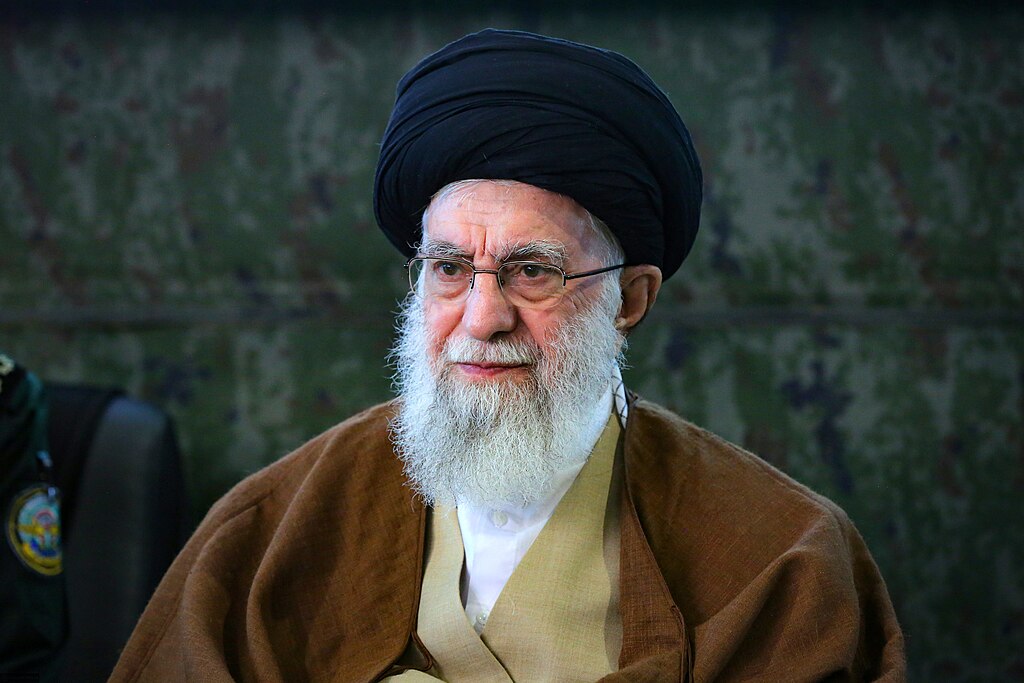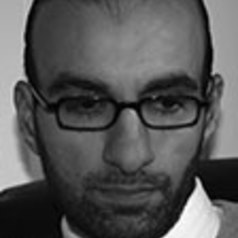The recent death of Iran’s president, Ebrahim Raisi, in a helicopter crash will not only trigger new presidential elections. Many commentators believe that Raisi was slated to become the next supreme leader of Iran.
This position is at the heart of the country’s complex political system. While there are many institutions involved in governing Iran, the supreme leader has the final say on most matters.
In fact, it is very unlikely that Raisi would have succeeded the current supreme leader, Ali Khamenei. According to the Iranian constitution, the position requires both political ability and religious credentials, having been modelled on the theory of the Guardianship of the Supreme Jurisprudent, which former leader Ayatollah Ruhollah Khomeini placed at the heart of the revolutionary constitution of 1979.
Admittedly, when Khamenei succeeded the late Khomeini a decade later, the Iranian constitution had to be changed because Khamenei did not have the required religious standing in the clerical hierarchy. He was no ayatollah like Khomeini, so the Iranian constitution was amended to highlight political competence over religious legitimacy – though even this would not have been enough to legitimise the candidacy of Raisi.
For his part, Raisi was not even a mid-ranking cleric. He had no real religious clout and no political charisma. As such, it is highly unlikely that both the clerical and political establishment would have accepted him as the supreme leader.
The Assembly of Experts, the constitutional organ tasked with the election of the supreme leader, may be dominated by so-called “conservatives” allied to some of the factions that supported Raisi. But there are senior ayatollahs in Iran’s Shia equivalent to the Vatican, Qom, who have immense influence in the country and beyond, and have an informal say in the question of succession.
In an Islamic republic driven by theocratic politics, that clerical factor is obviously important, and there was no following for Raisi in Qom.
Neither was Raisi seen as someone with a strong political track record. The senior positions he held were endowed to him by Khamenei. Moreover, he was deeply involved in some of the most egregious human rights violations in Iran’s recent history, as he served on a panel responsible for doling out capital punishment to thousands of political detainees in 1988. Raisi tried to distance himself from that role, but he never denied his involvement.
When Raisi did challenge for public office as a presidential candidate in the 2017 election, he lost to Hassan Rouhani, who campaigned for better relations with the world and for reforms at home. The subsequent election in June 2021, which finally granted Raisi the presidency, was the least-contested in the history of the Islamic republic. No real opposition was allowed.
In 2022, popular discontent with Iran’s increasingly confined political space erupted in the “Women, Life, Freedom” protest movement – a massive outpouring of dissent. The inability of the Raisi administration to handle these protests without a major eruption of state violence was yet another indicator of his failure to stabilise Iranian politics.
His proclivity towards the hard-right marginalised various strata of Iran’s active civil society and the reformist political factions, too. This only undermined the legitimacy of his government. Raisi was seen as a mere yea-sayer to Khamenei and his followers, who seemed to be the only factions holding on to him.
But Khamenei is not a Khomeini. The latter had a gigantic following which delivered one of the most seismic revolutions in recent history. For Khamenei, it is much more difficult to manoeuvre with impunity. As I laid out in my book on Iran, if Khomeini was the “Lenin” of the Iranian revolution, Khamenei became a mere prefect.
This compromised position, and the intricate clerical politics in Iran, also explain why I don’t believe that Mojtaba Khamenei is likely to succeed his father. The younger Khamenei has no real religious credentials necessary for the post of supreme leader, and nor has he held any senior political positions – the second constitutional requirement.
Being the son of the current leader is another disadvantage. A revolution against the concept of hereditary monarchy in Iran and beyond cannot afford such succession. As one of the last living figures directly involved in the 1979 revolution, Ali Khamenei is aware of this.
The next leader of Iran
So, who will succeed the current leader? The truth is, no one knows for sure, not even the political establishment in Iran. The speculation outside the country, which is mostly ill-informed, is driven by the politics superimposed on the Iran narrative. In reality, there is a constitutional process that is not easily monopolised by one person alone – not even the current supreme leader.
The job description is clear, though. The next supreme leader of Iran will have a solid religious standing that is tolerated by the senior clerics of Qom, as well as the clerical establishment within the state.
He will be politically experienced yet largely unsullied by major scandal. He will have the aura to be respected by the powerful Revolutionary Guards, and he will have some revolutionary pedigree that binds him to Khomeini, the founder of the Islamic Republic.
The new leader will also be at the heart of the so-called “axis of resistance”, a conglomerate of movements scattered around the region from Palestine to southern Lebanon, Syria, Iraq and Yemen. And he will inherit a nuclear infrastructure capable of building an atomic bomb. So, the Iranian establishment will also look for some competence in conducting international relations.
Whoever next leads modern-day Persia will become one of the major personalities of world politics – a mover and shaker of a radically changing world order. That is the full magnitude of this position, which will determine the future of Iran, the region, and international security for generations to come.



 U.S. Discusses Migrant Transfer Plan With Palau Despite Lawmaker Opposition
U.S. Discusses Migrant Transfer Plan With Palau Despite Lawmaker Opposition  Robinhood Expands Sports Event Contracts With Player Performance Wagers
Robinhood Expands Sports Event Contracts With Player Performance Wagers  White House East Wing Ballroom Plans Face Scrutiny Ahead of January Hearing
White House East Wing Ballroom Plans Face Scrutiny Ahead of January Hearing  Bitcoin Demand Vacuum Deepens: ETF Outflows and Whale Distribution Signal More Pain – Or Opportunity?
Bitcoin Demand Vacuum Deepens: ETF Outflows and Whale Distribution Signal More Pain – Or Opportunity?  Democratic Attorneys General Sue Trump Administration Over Proposed Limits on Gender-Affirming Care for Youth
Democratic Attorneys General Sue Trump Administration Over Proposed Limits on Gender-Affirming Care for Youth  U.S. Urges Acceptance of Honduras Election Results as Nasry Asfura Declared President-Elect
U.S. Urges Acceptance of Honduras Election Results as Nasry Asfura Declared President-Elect  U.S. Shifts Strategy Toward Economic Pressure With Venezuelan Oil Quarantine
U.S. Shifts Strategy Toward Economic Pressure With Venezuelan Oil Quarantine  Anutin Charnvirakul Named Bhumjaithai PM Candidate Ahead of Thailand’s February Election
Anutin Charnvirakul Named Bhumjaithai PM Candidate Ahead of Thailand’s February Election  JPMorgan’s Top Large-Cap Pharma Stocks to Watch in 2026
JPMorgan’s Top Large-Cap Pharma Stocks to Watch in 2026  Global Demand for Yuan Loans and Bonds Surges as China Pushes Currency Internationalization
Global Demand for Yuan Loans and Bonds Surges as China Pushes Currency Internationalization  Kim Jong Un Oversees Missile Test Amid Rising Korean Peninsula Tensions
Kim Jong Un Oversees Missile Test Amid Rising Korean Peninsula Tensions  ETHUSD Defies ETF Outflows: Holds Above $3000, Bulls Eye $3200 Breakout
ETHUSD Defies ETF Outflows: Holds Above $3000, Bulls Eye $3200 Breakout  Najib Razak Jailed 15 More Years in Landmark 1MDB Verdict With Major Political Impact
Najib Razak Jailed 15 More Years in Landmark 1MDB Verdict With Major Political Impact 































